You’ve all seen the health and fitness trackers: myfitnesspal, Lose it!, Spark People, etc. They track all your food, fitness, and weight information all in one app in hopes of keeping you accountable and informed of your food choices.
Obviously, technology like this has some pros and cons. That’s why I want to share with you how I personally use these trackers with my clients (and the 3 ways I don’t!!).
How I LOVE to use these apps:
1. Confirm that you’re getting enough to eat.
If you’re a chronic dieter, it may be super common for you to only eat 1,200 calories or less a day. That’s not how we want to be treating our body! 1,200 calories is the estimated calorie needs for a 4 or 5 year old. Not a grown adult like yourself. These apps can help you track progress towards slowly increasing calories.
2. Assess variety in diet.
Does longing your food everyday for a couple weeks make you realize you eat the same. foods. every. day. Time to mix it up! Some research suggests eating at least 50 different foods per week for brain health. That may not seem like much but it’s harder than you think!
3. Confirm you’re getting enough fruits and vegetables.
Maybe you think you’re getting plenty of fruits and veggies in your diet but it takes seeing on the app to realize you’re only getting 3-4 servings per day instead of the recommended 5-7+ per day. Another way to tell if you’re getting enough plant foods in your diet is to see how much fiber you’re averaging per day. Most people need between 25-30 grams per day.
4. Track specific nutrients
Sometimes your doctor or dietitian may recommend a low sodium, low potassium, high potassium diet for certain medical reasons. Instead of keeping track of all this by hand, let the app do the tracking and math for you!
5. Clients with diabetes learning to count carbs
Carbs are found it tons of healthy foods! So it can get a little overwhelming for someone with diabetes who is trying to monitor their diet they’re eating a home cooked meal, fast food, or healthy produce with no nutrition label. I often recommend my patients with diabetes to at least download an app to reference as needed for carbohydrate information.
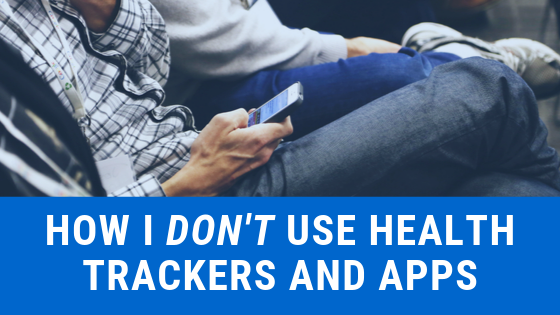
1. Calorie counting for weight loss.
I did a whole blog post on this in June so please go back and read this so you’re aware how simply cutting calories to lose weight doesn’t work for long term health.
2. I don’t recommend perfect tracking.
As an RD, I’ve tracked my diet in myfitnesspal and it can be time consuming! Yes, there’s shortcuts and favorites you can create, but you still have to take time out of your day to do it. I typically recommend a max of 2 weeks but it doesn’t have to be perfect. You can learn a lot about your eating habits in 2 weeks, no need to extend it longer. You may need to track for an even shorter period of time if you tend to obsess or overly-restrict foods once you start to track.
3. Calculating calories needed.
This is similar to my first point I wanted to clarify further that most of these apps underestimate how many calories you truly need. Especially if you list in your profile that you want to lose weight. You can use the calorie goal that the app estimates for you as a starting point but monitor you energy level throughout the day, hunger and fullness, and exercise performance to determine if you need more calories.
I hope you found this post helpful in determining if trackers are right for you. Remember, even if it is a good choice for you, it’s still only temporary.
My goal for clients with any tracking is to bring awareness to your current food choices and improve the overall quality of your diet.
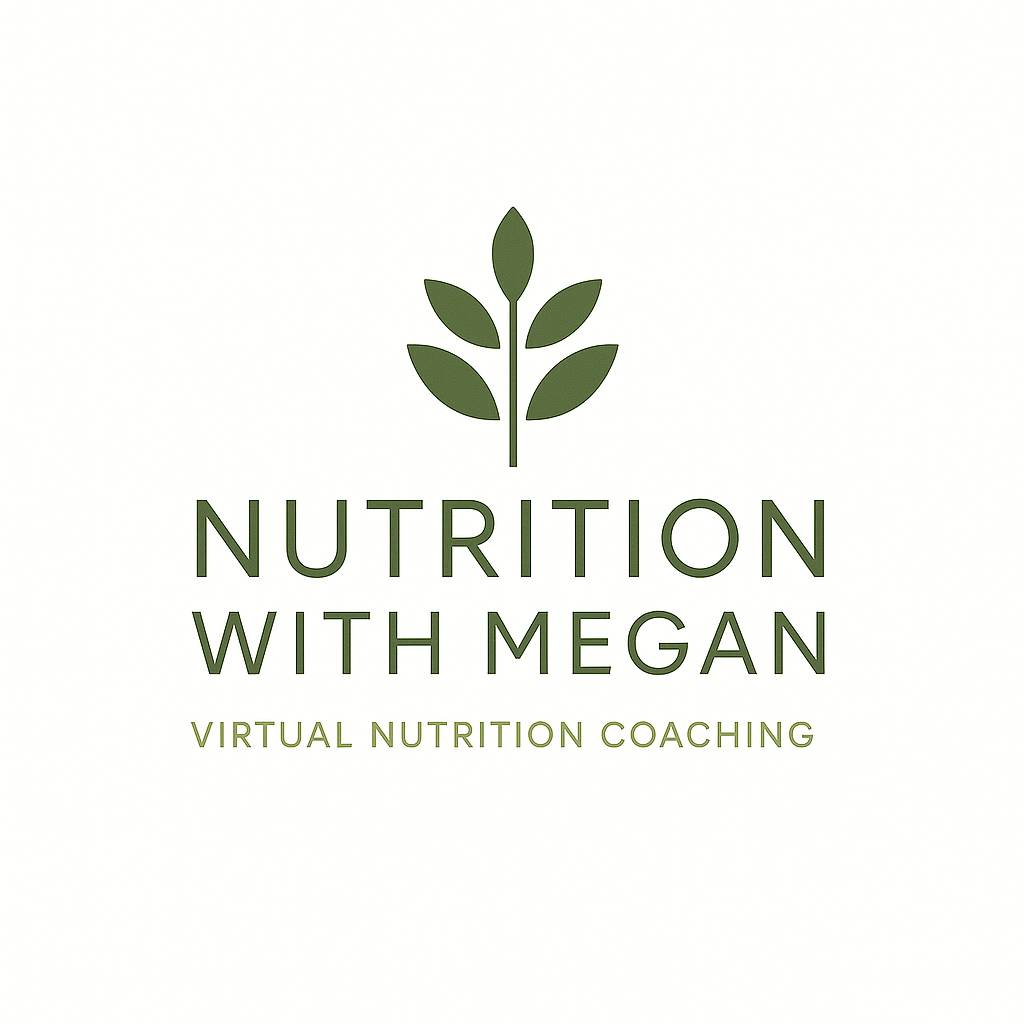
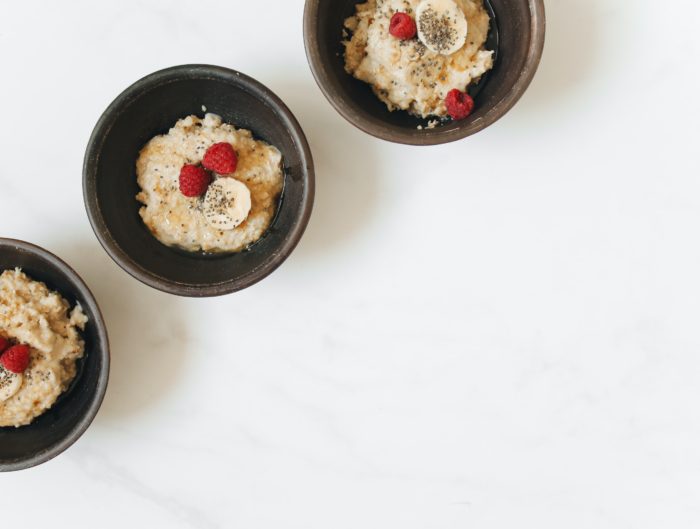
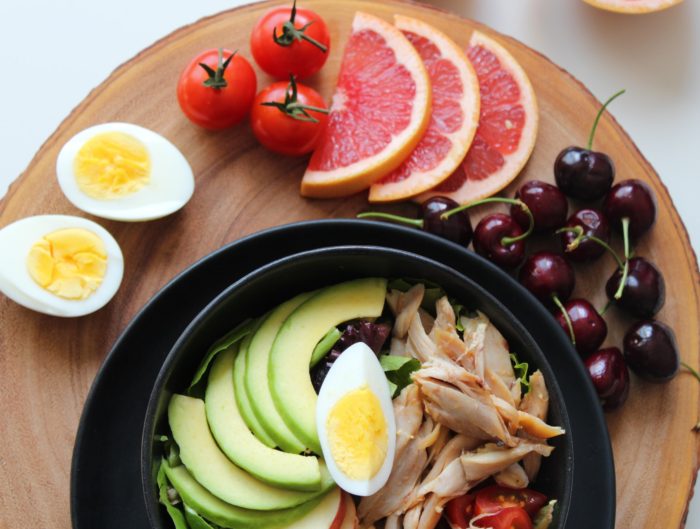
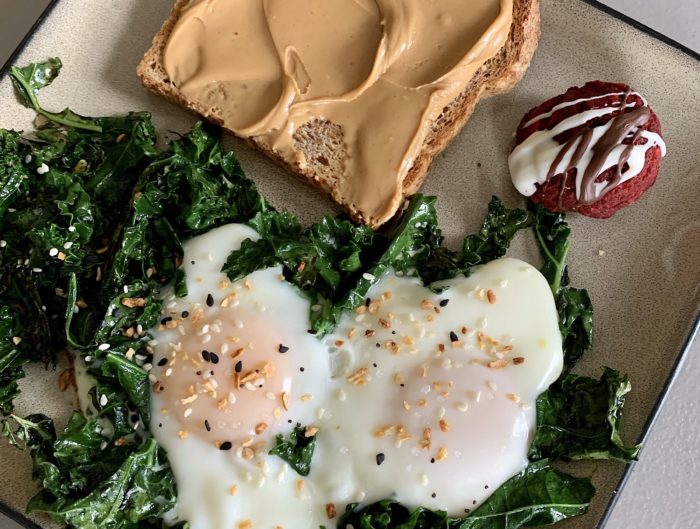
Leave A Reply